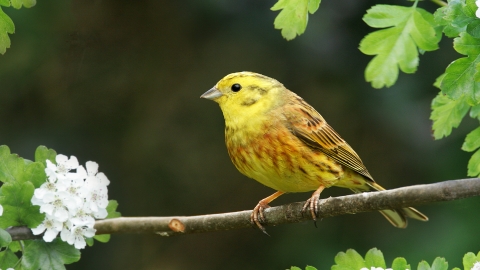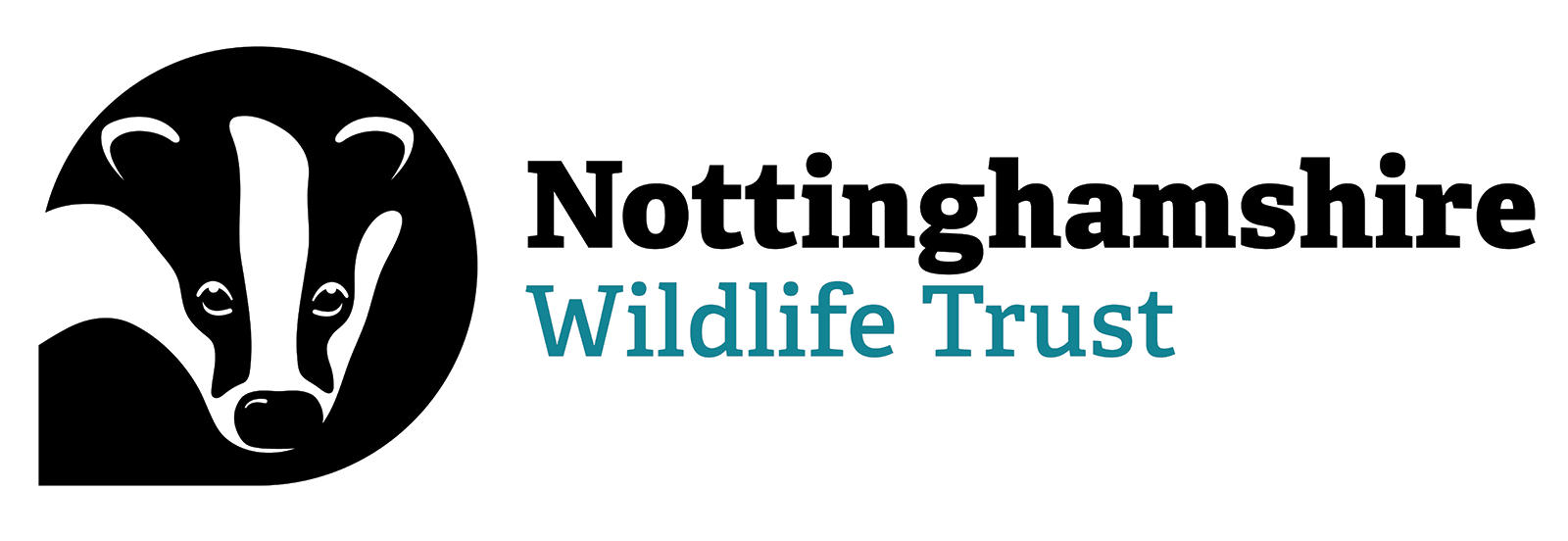
© Michael Walker

Ashton's Meadow Cowslips © C Langtree

© John Smith
Ashtons Meadow
Location
Know before you go
Dogs
Dogs are alllowed on a lead at all times and only on the public footpath.
When to visit
Opening times
Access by permit onlyBest time to visit
April to JulyAbout the reserve
The reserve is an ancient meadow and has not been chemically treated or ploughed in recent times. The ancient ridges and furrows are clearly visible. This traditional meadow has a variety of flowers and grasses, including cowslips, green-winged orchid and yellow rattle. Unimproved pasture such as this is scarce in Nottinghamshire, so it is a must see!
It is maintained by a traditional method of allowing the grassland to grow throughout the spring and early summer, before cutting it back for hay in July. The livestock on site then keep the grass short through late summer and autumn before being removed just before Christmas, a method that maintains a wide variety of flora, moths and butterflies on the reserve.
Amongst the plant species you can expect to see are cowslip; the beautiful green-winged orchid with its rich purple flowers lined in emerald; yellow rattle on which yellow flowers give way to dry fruit whose seeds rattle when you shake them and the floral fried egg appearance of the oxeye daisy. The grassland also offers a home for moths and ground based species of butterfly like the meadow brown, the ringlet, and the attractive orange and brown gatekeeper.
The hedgerows around the site are another important habitat; look out for yellowhammers, a member of the bunting family whose almost luminously yellow head is a giveaway and has a song that goes “a-little-bit-of-bread-and-no-cheeeeese”. It is even said that the yellowhammer has another song that inspired Beethoven's 5th symphony!
